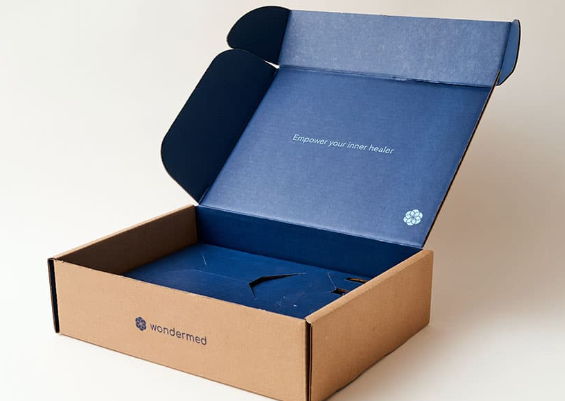Inner Box Design: Understanding the Heart of Packaging
In today’s competitive marketplace, product packaging isn’t just about looks—it influences consumer choices and brand perceptions significantly. One essential aspect of this is inner box design, which serves not only functionality but also enhances the unboxing experience. Whether you are a seasoned business owner or starting your first venture, understanding inner box design is crucial for crafting effective packaging solutions.
The Importance of Material Selection
Choosing the right materials for your inner box design is foundational. Popular choices include corrugated cardboard, which provides sturdiness and is cost-effective, and foam inserts, which offer superior protection for fragile items. Each material carries its own advantages; for instance, eco-friendly materials are becoming increasingly popular as consumers lean towards sustainable options. By selecting the right material, businesses can ensure their products arrive intact while also appealing to environmentally conscious customers.
Functionality Meets Aesthetics
An effective inner box design balances functionality and aesthetics. Boxes should not only secure the product but also contribute to a positive customer experience. Consider incorporating features like easy-open tabs or compartments designed to hold items snugly yet elegantly. The visual appeal of the inner box shouldn’t be underestimated either; using colors and prints that align with your brand identity can leave a lasting impression. Remember, the inner box is the first thing customers see after removing the outer packaging, making it an opportunity to reinforce brand loyalty.
Personalization and Customization
Today’s consumers crave personalization, and inner box design can be a unique canvas for this trend. Introducing customizable options—from printing the customer’s name to including personalized notes—can deepen emotional connections with your brand. Additionally, think about adding special touches such as stickers, messages, or branded tissue paper that can enhance the unboxing experience. These small details can transform a standard package into a memorable event, encouraging customers to share their experience on social media and drive word-of-mouth marketing.
In Conclusion
Inner box design plays a crucial role in the overall packaging strategy, combining functionality with aesthetics and personalization. By carefully selecting materials, ensuring easy functionality, and adding personal touches, brands can captivate their audience from the moment they receive their product. To take your packaging to the next level, consider exploring more about innovative designs and sustainable materials. Your product deserves to shine, and effective inner box design is a significant step toward achieving that goal!

